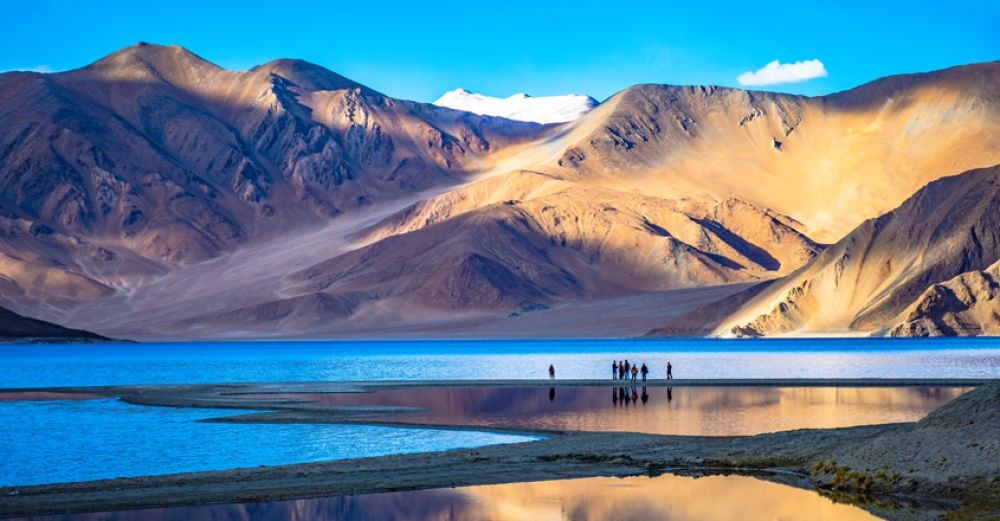
Pangong Tso in Ladakh is one of the most stunning lakes in the world. Its crystal-blue waters, surrounded by dramatic mountains, attract travelers from everywhere. But before you plan your stay, there’s one important thing to keep in mind: the oxygen level at pangong lake.
At over 14,000 feet above sea level, the air is thinner. This means your body gets less oxygen with every breath. For some people, it may feel tiring, and in some cases, it can even cause altitude sickness. Here’s a simple guide to help you understand what to expect and how to prepare.
Oxygen Levels at Pangong Lake
- Altitude: Around 4,350 meters (14,270 ft) above sea level.
- Oxygen in the air: The percentage of oxygen (21%) remains the same everywhere, but because of lower air pressure, your body actually gets about 60% less oxygen compared to sea level.
- Effect on the body: Blood oxygen levels (normally 95–100% at sea level) can drop to 75–85% when you first arrive at Pangong. This explains the breathlessness or fatigue many travelers feel.
How Altitude Can Affect You
The sudden drop in oxygen may lead to Acute Mountain Sickness (AMS). Symptoms can range from mild to severe:
- Headache
- Dizziness
- Nausea or loss of appetite
- Shortness of breath
- Difficulty sleeping
In rare cases, altitude can cause serious conditions like fluid in the lungs (HAPE) or swelling in the brain (HACE). These require immediate medical attention.
Tips to Acclimatize and Stay Safe
1. Spend Time in Leh First
Before heading to Pangong, spend at least two nights in Leh (11,500 ft). This allows your body to slowly adjust to the thin air.
2. Hydrate and Eat Light
Drink plenty of water, avoid alcohol, and stick to simple, high-carb meals. Heavy or fatty foods take more energy to digest at high altitude.
3. Take it Slow
When you reach Pangong, give your body time to settle in. Avoid rushing into strenuous activities on the first day.
4. Watch for Symptoms
Pay attention to your body. If you feel unwell, rest. If symptoms worsen, descend to a lower altitude immediately.
5. Medical Support
Some travelers consult doctors about Diamox (a medicine that helps with acclimatization). Portable oxygen cylinders can also help for short-term relief, but they’re not a cure for AMS.
Where to Stay at Pangong
The place you choose to stay can make your trip more comfortable. Travelers usually pick between camps and cottages:
- Camps in Pangong – Perfect for adventure lovers. They let you stay close to nature, with options ranging from basic tents to luxury camps with attached washrooms.
- Cottages in Pangong – Ideal for those who prefer more comfort and privacy.
One popular option is Mystic Mountains Cottage, which offers both camps and cottages at Pangong. Every room comes with attached washrooms, making your stay convenient and comfortable while still being close to the lake’s breathtaking views.
Many travelers prefer Mystic Mountains Cottage because it strikes the right balance between raw adventure and modern comfort.
Final Takeaway
- Oxygen levels at Pangong Lake are much lower than at sea level, so your body needs time to adjust.
- Always acclimatize in Leh before heading higher.
- Stay hydrated, eat light, and don’t push your limits.
- Pick the right stay option, like Mystic Mountains Cottage, for a safe and comfortable experience.
Ready to experience Pangong’s beauty without compromising on comfort? Book your stay at Mystic Mountains Cottage, the trusted choice for travelers looking for a comfortable hotels in Pangong Lake with attached washrooms and stunning views.